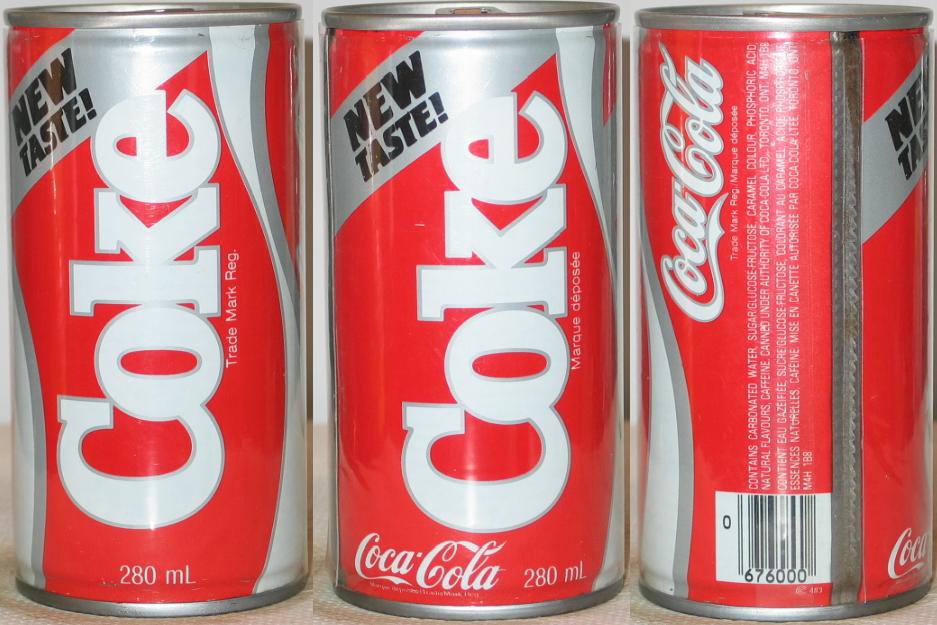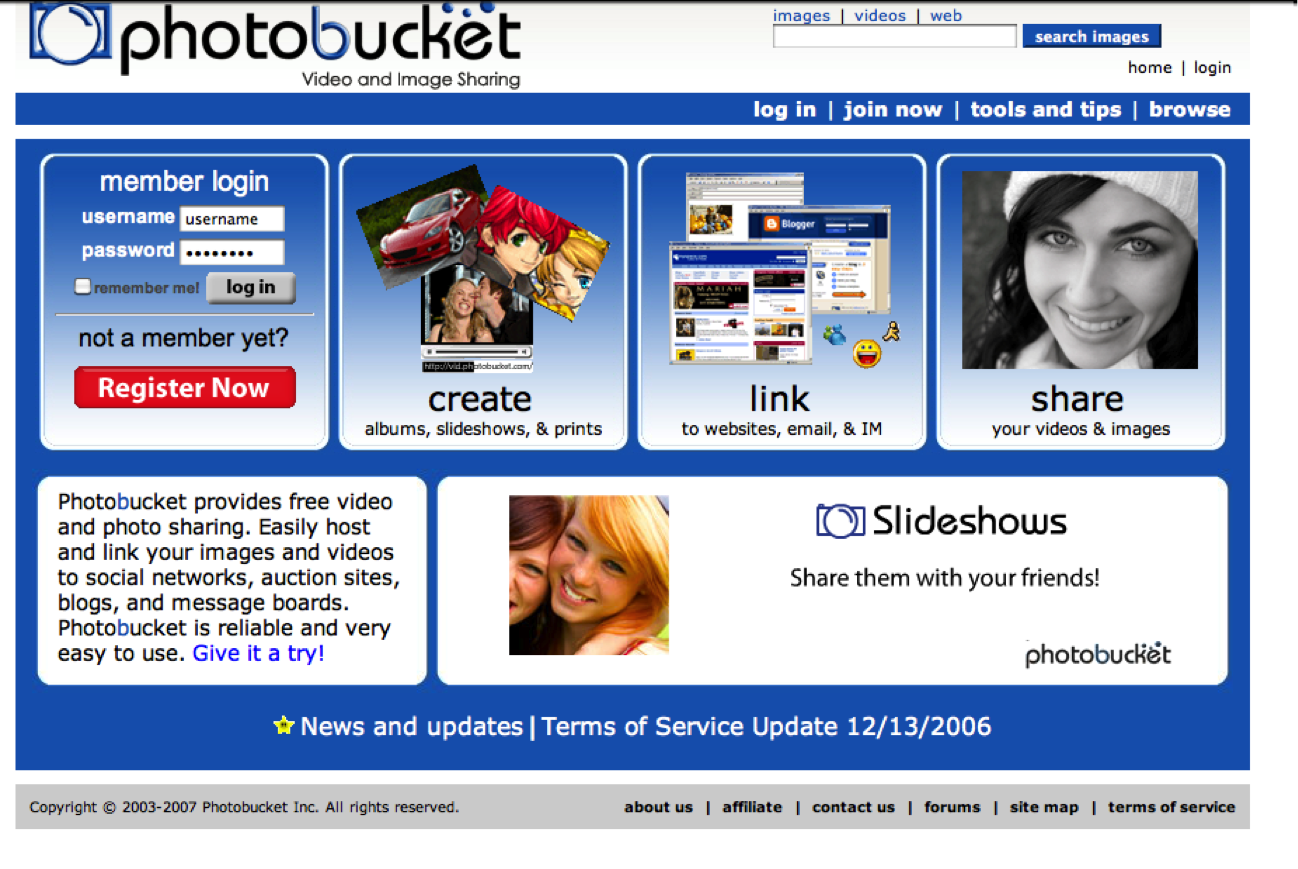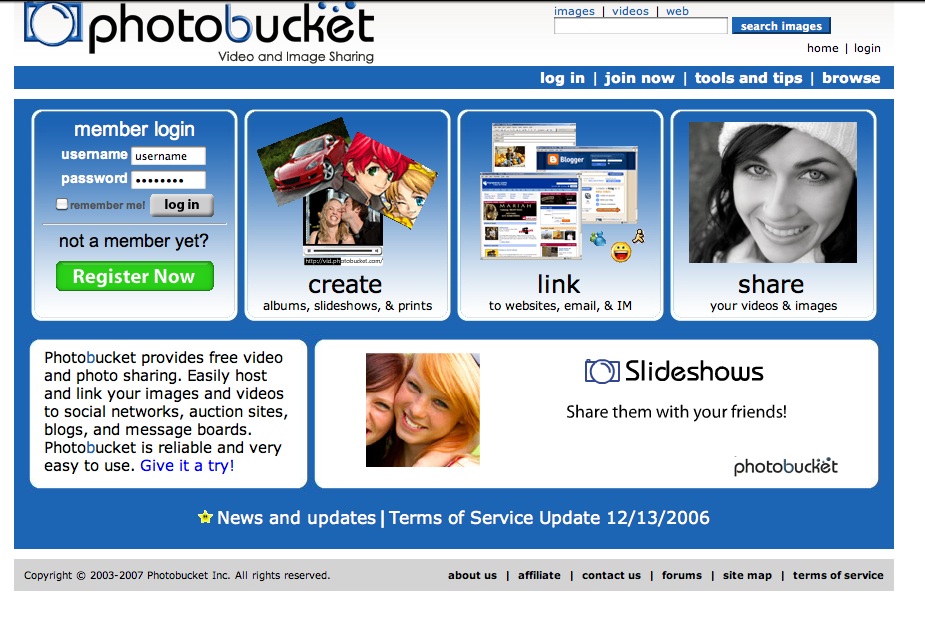Assumptions can kill a product. Assume that all your decisions are right without validating them can be fatal. Hard facts are needed to drive decision making. If not, how can you be more confident that your decisions won't destroy existing or potential revenue?

Remember New Coke? It failed because they made too many assumptions about their customers, including them not missing the original formula.
Heard of BeenVerified? Their co-founders burned through $550,000 before realizing their product had no market. It was a tough lesson to learn and could've been avoided had they validate some of their decision making. But how do you validate design decisions while building your product?
Use Existing Research
Existing research has been a solid way to backup decisions. Statistics and data don't lie. It's a good way to show growing trends and chart where the market is going. Say, for instance, you were trying to convince stakeholders that mobile was a thing that wasn't going away anytime soon. Say you were also advocating to go responsive because of it. But they're not sold on the idea, thinking it might only be a fad. Here's where existing research can help. You can pull out this design data point:
"After a move to responsive design, Time.com pages per visit across mobile, tablet and desktop are up considerably. Mobile, for example, is up 23% compared to what it had been. On our homepage, uniques are up 15% and time spent is up 7.5%, with mobile bounce rate decreasing by 26%."
A piece of data like this can sway your stakeholders because it demonstrates growing usage after a major switch. You could probably even pull out a few more to really hammer it home. Solid data can make a point much better than you could alone.
One of our designers recently whipped out a data quip regarding how 200% of visitors to login to a site using Facebook to persuade a customer to add a social plugin to their product.
Use Your Expertise
But don't forget about expertise. Having years of experience carries weight. It demonstrates you have diligence and have practiced your craft over a period of time. That can speak volumes when persuading stakeholders or defending your decisions. We have 15 years of design practice, which allows us to speak with authority.
We usually use our expertise on a daily basis. In one instance, we had used a red call-to-action button while working on the Photobucket homepage a few years ago. Our reason: the red was great contrast against the site's then-blue background, making it stand out. But an art director changed it to green because red equals "stop" while green means "go".


The result of the art director's change — homepage registrations dropped immediately from 3.5% to 2.5%, a loss of 7,000 daily registrations. We felt contrast was more important than color because of our experience, and not to toot our own horn, we were right.
Expertise and research are good to have in any arsenal, but they aren't always enough.
Test Your Designs With Users
This is where user testing comes in. Testing is crucial in building a product, allowing us to ferret out potential problems while product decisions are still in play. This may sound like a "duh," but it's never too early to test and get your ideas out in front of existing or would-be customers.
There are two types of tests you can conduct:
- Concept testing: helps find the right design from many. Here, we want validation on positioning and desirability so we essentially ask whether people grok our idea. The concepts we test tend to be broad, have only coarse detail and get structured as very short prototypes.
- Usability testing: helps get a selected design right. We're focused on things such as efficiency at performing tasks and id'ing issues with small details. This type of testing is more detailed and more refined concepts, as well as having thoroughly fleshed-out prototypes.
Concept testing came in handy for two of our graduate interns, who tested out their ideas for a list building app on many of us in the office. And we conducted a battery of user tests, with sketches, while working on a project for 23andme.com. These helped us validate our design decisions and also gave us valuable feedback on what we should iterate on.
Become a Master at User Testing
We've been testing design and presenting findings for more than 15 years. If you find some of these techniques interesting, your team might want to take our User Testing online course.
Topics include:
- What is user testing and why is it important
- Preparing a user test
- Conducting in-person, remote and unmoderated user tests
- Analyzing data and presenting findings
Our first class is on Oct. 8 at 9:00 AM PDT and can be taken from anywhere — it's held online using GoToMeeting.